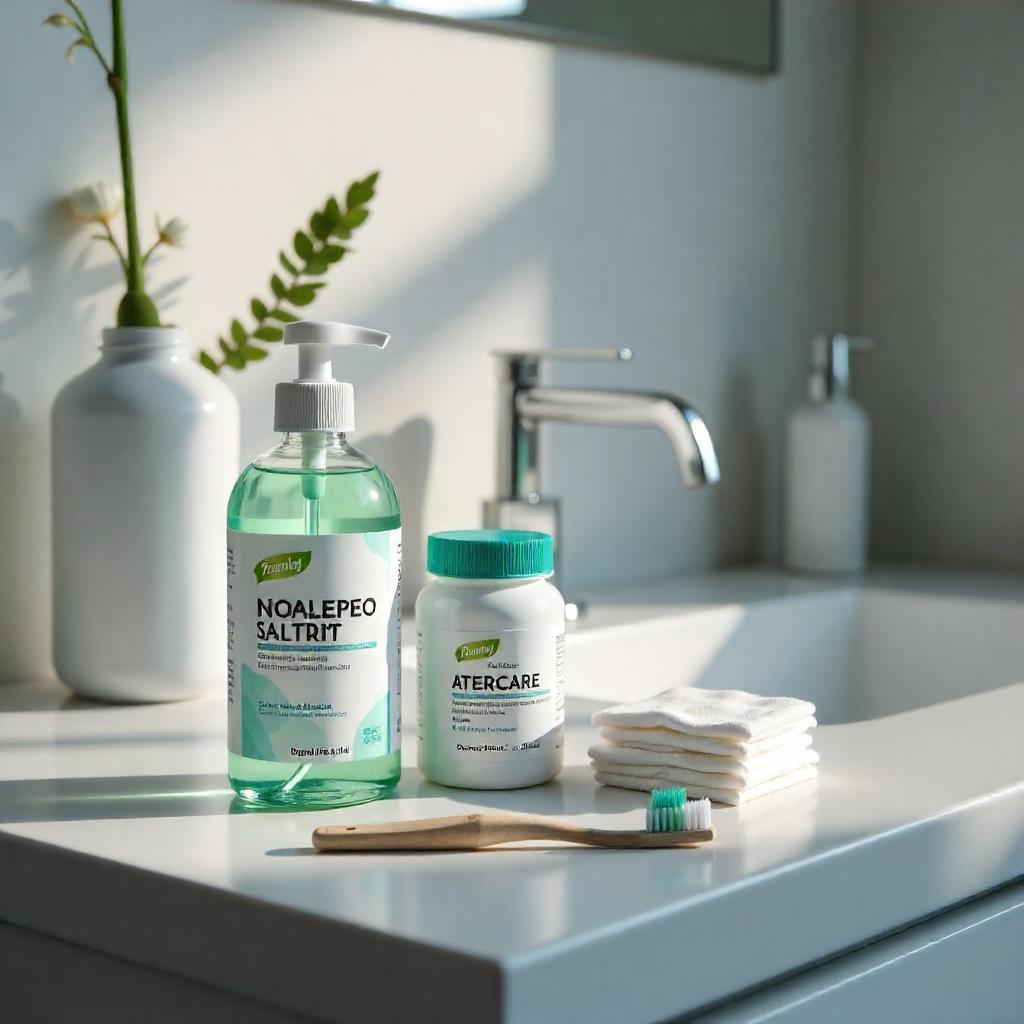Undergoing oral surgery can feel daunting, but understanding the recovery process can make it much more manageable. Whether you’ve had wisdom teeth removed, corrective jaw surgery, or dental implants, proper aftercare is key to a smooth recovery. Below is a comprehensive, step-by-step guide on oral surgery recovery to help you heal faster while minimizing discomfort.
What to Expect Right After Oral Surgery
Immediate Post-Surgery Period
Following oral surgery, you’ll likely experience some level of swelling, soreness, and minor bleeding. These symptoms are normal and usually subside within a few days as your body begins to heal. Your surgeon will provide specific aftercare instructions, and closely following them will make recovery faster and more comfortable.
Common Symptoms
- Swelling around the surgical site and cheeks
- Bleeding that gradually lessens after the first 24 hours
- Mild discomfort or soreness, which can be managed with medications
- Tingling or numbness due to the local anesthesia, which typically wears off within a few hours
Avoid panicking if these symptoms occur; instead, focus on proper recovery steps to manage them effectively.

Essential Recovery Tips
1. Follow Your Oral Surgeon’s Instructions
The written and verbal care instructions provided by your surgeon are tailored to your specific procedure and medical needs. Key directives often include:
- How to take prescribed medications
- When to change gauze pads
- Signs of common complications to watch for
2. Control Bleeding and Swelling
Bleeding may continue for several hours after surgery. Bite down gently on gauze pads to help it clot faster. For swelling:
- Apply an ice pack to your cheek for 15-minute intervals during the first 48 hours.
- After 48 hours, switch to warm compresses to enhance circulation and reduce swelling.
3. Manage Pain Smartly
To alleviate discomfort:
- Use over-the-counter pain relievers like ibuprofen or acetaminophen.
- For more intense procedures, follow any prescriptions for stronger painkillers.
- Stick to your dosing schedule to prevent pain from escalating.
4. Eat Soft Foods
Eating the right food is crucial during recovery. Stick to soft, easy-to-chew options like:
- Mashed potatoes
- Yogurt
- Broths and soups
- Smoothies
Avoid crunchy or spicy foods, which can irritate the surgical site.
5. Maintain Proper Oral Hygiene
Keeping your mouth clean is essential, but you’ll need to avoid aggravating the surgical area:
- Rinse gently with warm salt water after the first 24 hours to reduce bacteria.
- Do not brush near the surgery site for the first few days, but continue brushing your other teeth as directed.
6. Stay Hydrated
Dehydration slows the healing process, so drink plenty of water. Avoid straws during this time, as the suction can dislodge blood clots and delay healing.
Potential Complications and How to Avoid Them
While most oral surgeries result in a smooth recovery, complications can arise if proper care isn’t taken. Be aware of these potential issues:
Dry Socket
This condition occurs when a protective blood clot is dislodged from the surgical site, exposing nerves and causing pain. Ways to prevent dry socket include:
- Avoid smoking and using straws.
- Follow your surgeon’s cleaning instructions carefully.
Infection
Signs of infection include fever, intense pain, swelling that worsens over time, or foul odors from the surgical area. Contact your dental professional immediately if these symptoms occur.
Persistent Bleeding
If bleeding continues beyond 48 hours or worsens, it could indicate complications. Seek professional advice to evaluate the situation.
Rest and Recovery Timeframe
Resting to Promote Healing
Taking time to rest is critical. Avoid strenuous activities for at least 72 hours post-surgery. Strain or exercise can increase swelling and disrupt blood clot formation.
Expected Recovery Milestones
- First 24–48 hours: Swelling and bleeding peak, but discomfort can be managed effectively.
- 3–7 days: Pain should subside significantly, with swelling starting to diminish.
- Week 2 and beyond: Most patients resume normal routines, with full healing achieved in about 4–6 weeks, depending on the procedure.

Latest Innovations in Oral Surgery Recovery
Advancements in dental technology continue to improve recovery outcomes and experiences. Some of the most recent developments include:
Minimally-Invasive Surgical Techniques
Modern surgical methods prioritize smaller incisions and reduced trauma to soft tissues, speeding up recovery and minimizing discomfort.
PRF (Platelet-Rich Fibrin) Therapy
This cutting-edge treatment accelerates healing by utilizing your body’s own cells to regenerate tissue. Ask your oral surgeon if this option is available.
Enhanced Pain Management Options
Innovative medications and localized treatments now provide longer-lasting pain relief without as many side effects, making the recovery process easier to endure.
When to Contact Your Surgeon
During recovery, it’s important to communicate with your oral surgeon if:
- Pain or swelling worsens after initially improving
- You experience prolonged bleeding
- There are signs of infection, such as redness or high fever
By addressing issues quickly, you can prevent complications and ensure optimal healing.
Final Thoughts
Recovering from oral surgery is a process that requires patience, diligence, and adherence to aftercare instructions. By taking proactive steps—managing symptoms, eating correctly, and staying hydrated—you can ensure a smooth recovery and avoid complications. Remember, every surgery is unique, so consulting with your oral surgeon about any concerns is always a smart choice. Proper care today paves the way for a healthier smile tomorrow.




